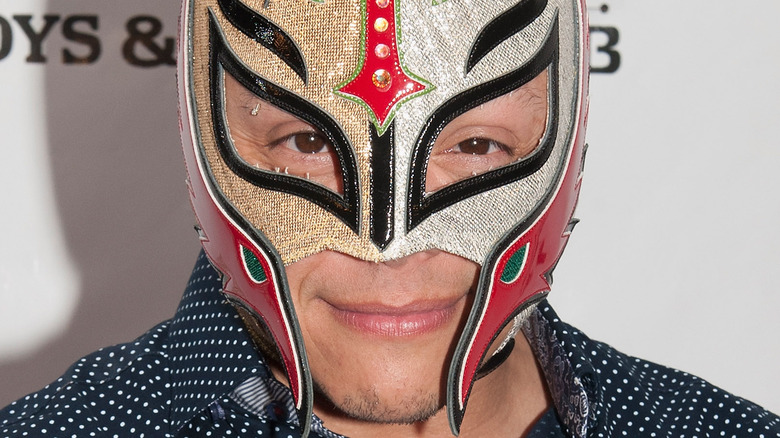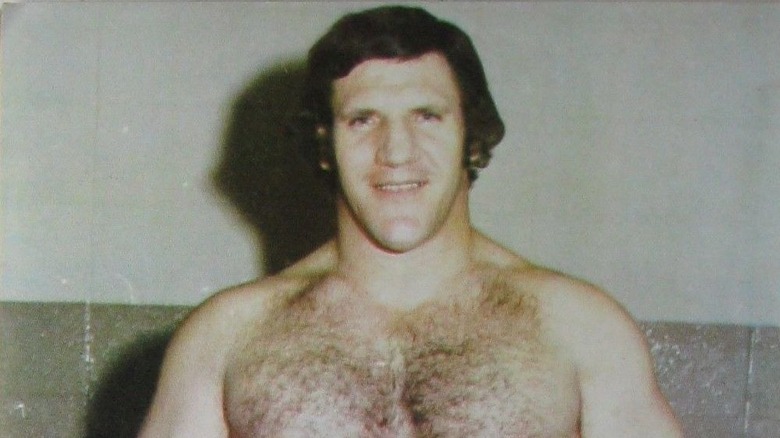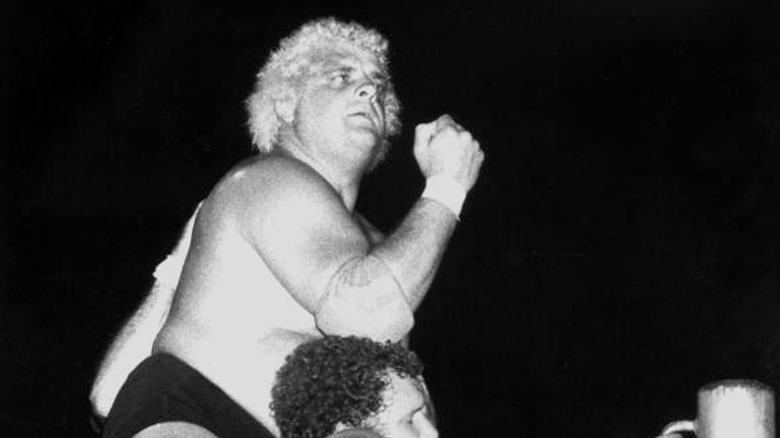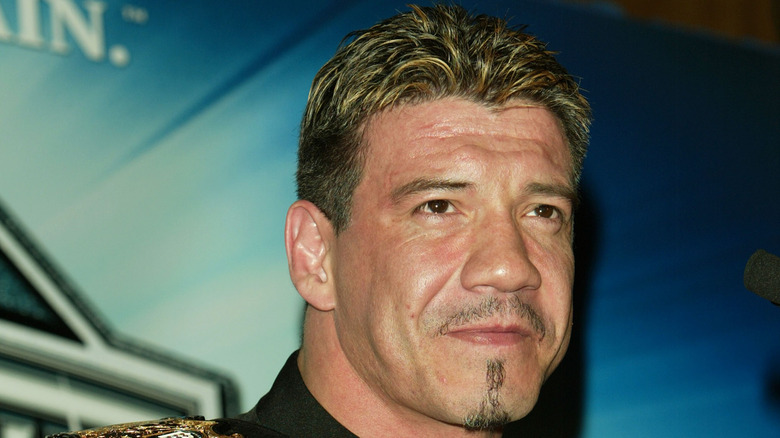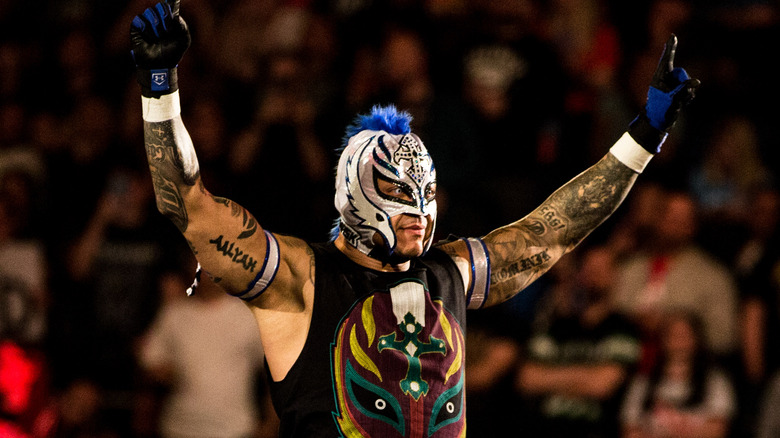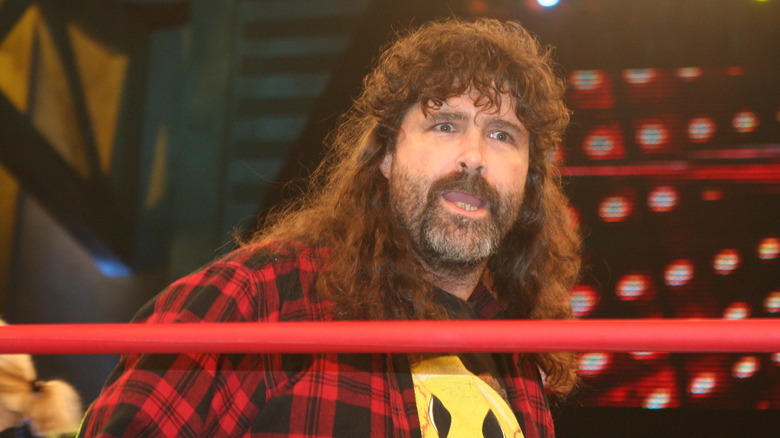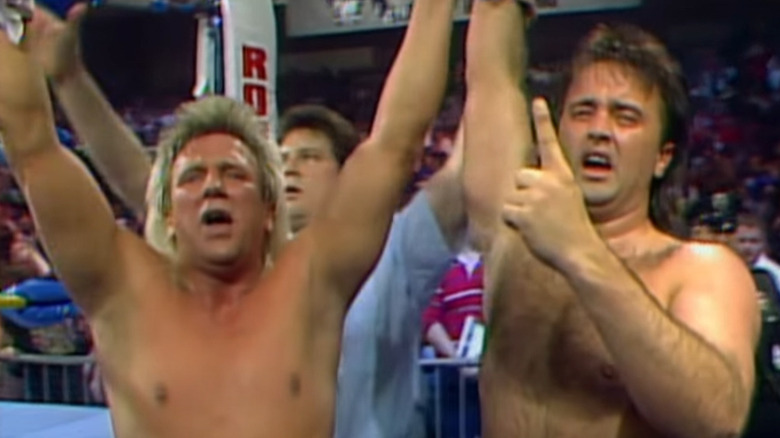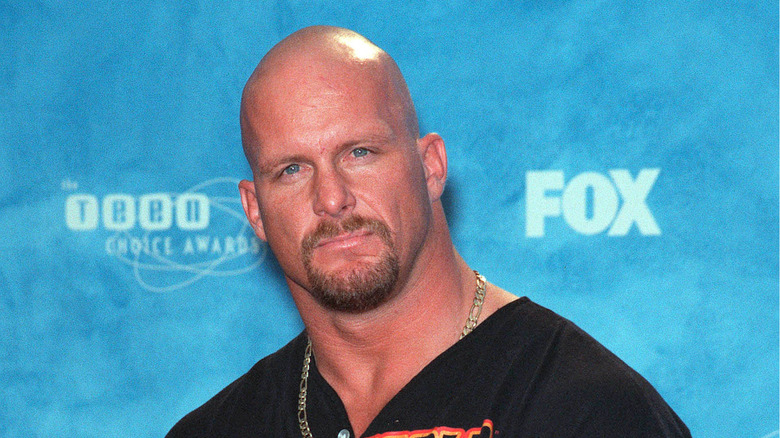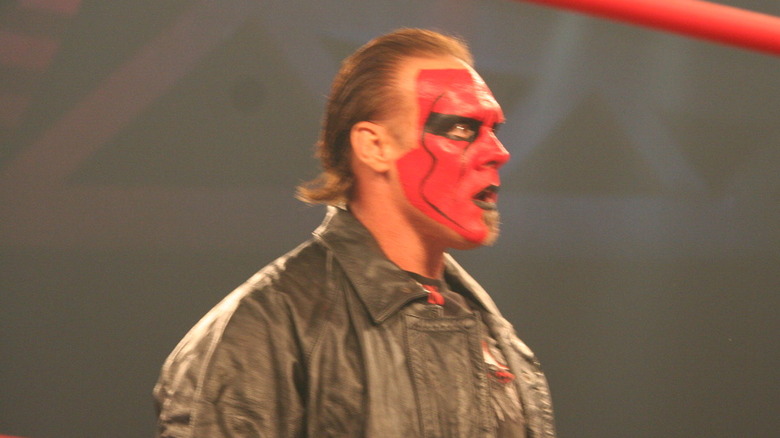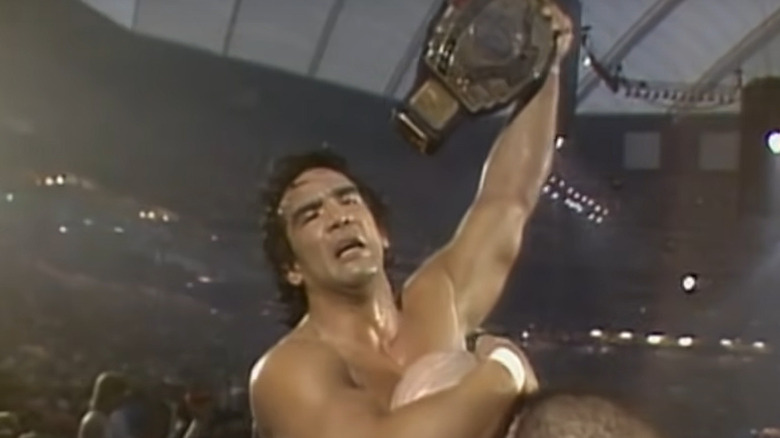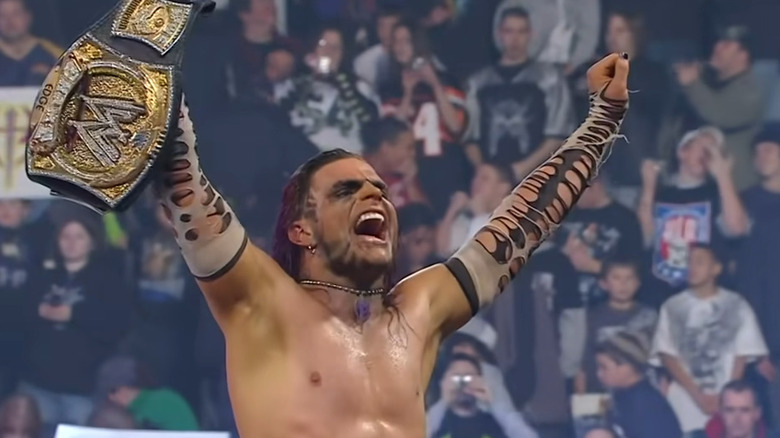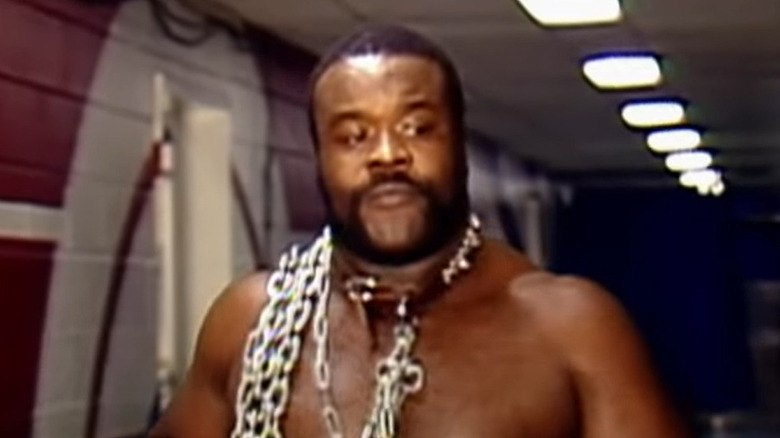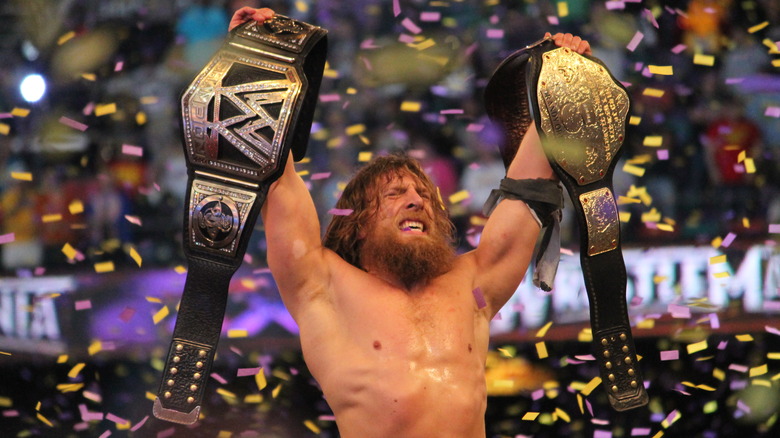Pro Wrestling's All-Time Greatest Babyfaces
Today's talent seem to have a much easier time evolving into effective heels than babyfaces, and for good reason. Heels have the ability to cheat, lie, break promises and set traps to thwart their counterparts, whereas babyfaces need to rely on inherent qualities and traits to connect with the crowd, many of which cannot be taught.
In spite of this, the classic "good guy" wrestler can come in many forms. Cosmetically, wrestlers like John Cena, Hulk Hogan, and Steve Austin have very little in common. However, all three are charismatic performers who are extremely in tune with the wants and needs of the audience. As a result, each man got over at a seismic level and were top merchandise movers in each of their respective eras. Aspiring good guys can also bring an exciting in-ring style to the table to help expedite a connection to the crowd, though this is not a necessity. However, operating with purely positive motivations, keeping promises to the audience, and an ability to garner sympathy through struggle can also go a long way towards the creation of some of the all-time great babyfaces.
Here are the greatest babyfaces to ever step foot in a professional wrestling ring, in no particular order.
Bruno Sammartino
Bruno Sammartino is considered to be one of the greatest babyfaces of his time. As much as circumstance played a role in his rise to becoming the longest reigning WWE champion (then WWWF), his unique road to the top made him one of the most marketable wrestlers of his time. An Italian immigrant in the industrial city of Pittsburgh, Pennsylvania, Sammartino had a rough childhood as one of seven children in an impoverished family. He witnessed the death of four of his six siblings and often found himself in the crosshairs of bullies for not knowing any English. In an attempt to combat the abuse, Sammartino took up weightlifting and amateur wrestling, both of which he excelled at. After being turned on to professional wrestling by promoter Rudy Miller, it did not take long for WWWF promoter Vincent J. McMahon to take notice, and even less time for him to make Sammartino his champion.
A man of integrity as well as a man of the people, Sammartino represented the essence of the American dream and became the driving force of the WWWF's regional popularity in the Tri-State Area throughout the '60s and '70s. At 5-foot-10 and 265 pounds, Sammartino brought credibility, honor, and respect to the WWWF Championship, and in kind held the title for more than 11 years over the course of two reigns. His first reign is the longest in company history at 2,803 days and is not likely to be topped any time soon.
Dusty Rhodes
Dusty Rhodes is considered by many to be Ric Flair's greatest adversary, and for good reason. "The American Dream" represented everything "The Nature Boy" did not. The charismatic Rhodes had an ability to literally reach out to working class wrestling fans. While the depth of his move-set was rather simple, he relied on his ability to connect with fans as the main driver of his immense popularity. The charming, portly "Son of a Plumber" never hesitated to stick up for those who couldn't stick up for themselves. As a result made for the perfect foil to Ric Flair, whose character was largely driven by fortune and fame.
Rhodes' origins in wrestling can be traced back to the late '60s, tagging with Dick Murdoch under "The Texas Outlaws" moniker. The Outlaws were every bit the heels their name suggests, but upon turning face in 1974, Rhodes would remain as such for the remainder of his in-ring career. He would go on to win the NWA World Heavyweight Championship on three different occasions, once beating Flair and twice defeating Harley Race. Though he only held the title for 107 combined days, Rhodes' greatest utility came as the challenger as opposed to the champion.
Eddie Guerrero
Some wrestlers are natural heels. Others make for pure babyfaces. However, the greatest performers have an innate ability to be both as needed, and there might not be a better example of this than Eddie Guerrero. Some of Guerrero's best work came as an irredeemable heel, but his "SmackDown" babyface run in 2004 put him on the map in the eyes of many. Guerrero channeled his real life battle with drug and alcohol addiction in his brief feud with Brock Lesnar, becoming a relatable, sympathetic character to wrestling fans, many of whom have endured their own struggles with similar addictions.
His promo on the "No Way Out 2004" go-home show could rank among the greatest babyface promos of all time for the brutal honesty and fire he displayed. After taking some verbal punishment from Lesnar in regards to his problems with addiction, Guerrero didn't shy away from his opponents' critiques. Instead, he spoke from the heart, explaining how winning the WWE Championship had become his new addiction as a way of saying sorry to the loved ones in his life he let down. Likewise, the eventual match with Lesnar delivered in a major way. Guerrero would go on to defend the title at WrestleMania XX, paving the way for one of the most emotionally chilling ends to a WrestleMania in the event's tenured history. Guerrero would go on to turn heel once more before tragically passing away on November 13, 2005, but it is because of his 16-month babyface stint between 2004 and 2005 that many fans rank him among the all-time greats.
Rey Mysterio
The nature of Rey Mysterio's measurables and in-ring style may typecast him into being a babyface, but there is a very short list of wrestlers who had and have the ability to garner sympathy the way Mysterio can. "The Ultimate Underdog," Mysterio stands at just 5-foot-6 and 175 pounds but managed to rise to the top of WWE anyway thanks to an already innovative moveset that stood out to an even greater degree in "The Land of the Giants," as well as his ability to rebound from seemingly insurmountable odds. Although he started as a mainstay in the cruiserweight division, Mysterio caught on organically with the WWE faithful as one of the company's most exciting in-ring performers, and his feud with Eddie Guerrero in 2005 helped catapult him to becoming the asset to the company he is seen as today.
After Guerrero's passing, Mysterio became a three-time world champion in WWE, a feat that would have been seen as inconceivable at the time of his debut in 2002. However, his first World Heavyweight Championship victory at WrestleMania 22 brought a swift end to his days as midcard cruiserweight competitor, spending the better part of the ensuing three years wrestling talent significantly larger than him such as The Great Khali, Big Show, and Batista. From there, Mysterio became a legitimate main-event talent, and stands out as one of a small handful of wrestlers to have never changed alignment in WWE.
Mick Foley
The former Cactus Jack, Mick Foley falls under the category of being a wrestler who needed the big heel run in order to become one of the most pure, recognizable babyfaces of all time. "Mrs. Foley's Baby Boy" debuted in the WWF as Mankind, a sadistic, deformed psychopath of a man whose only path to happiness was through the mutilation of others. However, a series of interviews with Jim Ross designed to explore the past of the man behind the mask, Mick Foley, ultimately led to the debuts of Cactus Jack and Dude Love on "Monday Night Raw." When Mankind inevitably returned, it wasn't long before he found himself at odds with wrestlers such as The Rock and Triple H, two of the company's top heels at the time.
As all great babyfaces do, Mankind finally got his moment at SummerSlam 1999, when he defeated Steve Austin and Triple H to win the WWF Championship. Prior to this, Foley had formed the Rock 'n' Sock Connection alongside former rival The Rock, an alliance that stands the test of time as one of the company's most popular ever despite only having been together for a handful of months. As his career drew to a close, Foley managed to find other ways to endear himself to the audience, moonlighting as a standup comedian, podcaster, and New York Times bestselling author.
The Rock 'n' Roll Express
Ricky Morton and Robert Gibson, the Rock 'n' Roll Express, are considered by many to be one of the greatest tag teams of all time and one of the defining teams of the '80s. Few wrestlers could sell a beating the way Morton could, and few wrestlers could fire up on a comeback the way Gibson could. With natural rivals to feud with in Jim Cornette and The Midnight Express, the pair of rock 'n' roll enthusiasts took off in popularity throughout the territories, and later Jim Crockett Promotions and WCW. Men wanted to be them, while women wanted to be with them.
Cornette would later induct his greatest pair of adversaries into the WWE Hall of Fame in 2017, commenting on how the roof would blow off the building when Morton and Gibson hit their patented double dropkick for the three-count. The popularity of the tag team is particularly notable for having been achieved without the WWE marketing machine of the '80s behind it. While the WWF focused on larger than life characters and the power of the edit to aid their talent in getting over, the Rock 'n' Roll Express got over entirely on their own merit. The duo were fundamentally sound wrestlers whose strengths and shortcomings complemented each other perfectly. As a result, Morton and Gibson wound up laying the foundation for many of the great babyface tag teams to come.
'Stone Cold' Steve Austin
"Stone Cold" Steve Austin stands out for being one of the grittier babyfaces on this list, but his evolution from anti-hero to affable common man asskicker necessitates his inclusion. Austin's rise to the top of the WWF in the late '90s broke nearly every conventional rule about booking babyfaces in pro wrestling. For years, babyfaces had been encouraged to smile and wave, whereas Austin became notable for his resting scowl and one-finger salute. Moreover, top babyfaces of yesteryear such as Hulk Hogan and Randy Savage were beacons of positivity, whereas Austin routinely denigrated his opponents and utilized a level of physicality in the ring typically reserved for heels. In fact, the original "Stone Cold" Steve Austin character was meant to be a heel. When the time came for him to become a full-blown face, Austin changed very little about the character itself, instead opting to switch the focus to powerful heels, namely Mr. McMahon.
Austin's rise was something of an anomaly for the time, albeit a necessary one for WWE to exist as people recognize it today. However, the most compelling aspect of the "Stone Cold" character is just how short his stay at the top of the company actually was. Whereas Hulk Hogan and John Cena's run at the top of the company spanned roughly 10 years, Austin's stay at the top of the mountain lasted less than half that amount of time, missing WrestleMania 2000 due to injury as well as half of 2002 due to his walkout in June 2002. The fact that people still mention Austin's name among the top stars in company history speaks to just influential of a babyface he became.
Sting
Sting stands out for having portrayed two entirely different kinds of babyfaces throughout his career, having pulled off both characters with great effectiveness. The original Sting that debuted for Jim Crockett Promotions back in 1987 took on the form of a happy-go-lucky surfer from Southern California who had an incredible physique, painted his face, and wore vibrant, neon colors to match. His feud with The Four Horsemen at such an early stage of his career allowed Sting to progress inside and outside the ring, becoming one of WCW's most relied upon stars throughout the late '80s and '90s.
As WCW became a grittier product to match the nature of the late '90s so too did Sting. After seemingly turning his back on WCW following the debut of the nWo, Sting returned with an entirely new look inspired by "The Crow," a 1994 movie starring Brandon Lee in the titular role. Under his new character, Sting spoke less but began to thwart the nWo at different points throughout the late '90s. The new look and attitude showcased Sting's range as a performer, and from that point on cemented himself as one of wrestling's biggest stars in any company. Now in his 60s, Sting still wrestles on occasion for All Elite Wrestling and has played an instrumental role in the progression of Darby Allin.
Ricky Steamboat
Ricky "The Dragon" Steamboat may not have reached the heights of Steve Austin or Sting, but he is perhaps the purest babyface of all-time, joining the likes of Bruno Sammartino ad one of the who wrestlers who never turned heel. Much like Mick Foley, Steamboat was a family man to the core during his peak years, and unlike adversary Ric Flair, Steamboat was not motivated by fame or money, two popular tropes of the '80s period. Instead, Steamboat's motivation for wrestling stemmed from the spirit of competition, wanting to prove he could be the better man in the squared circle without having to resort to cheap tactics over excessive aggression.
Often, elite babyfaces are a product of great heels, but in the case of Steamboat and Dusty Rhodes, both men played pivotal roles in Ric Flair's legend and Flair's feuds with both men are a major reason he is looked at as arguably the greatest in-ring performer of all time. However, Steamboat could also stand on his own two feet, engaging in memorable matches with Randy Savage at WrestleMania III as well as Rick Rude at WCW Beach Blast 1992 — an Iron Man match, no less. Even when his rivals would brutalize him in order to gain a leg up in feuds, Steamboat always took the high road and the fans loved him for it.
Jeff Hardy
There is an innate quality to Jeff Hardy that can sometimes be difficult to put into words. If there is an indescribable "It Factor" to pro wrestlers, "The Charismatic Enigma" has it in spades. Although he began his WWE career with a lengthy tag team run alongside his brother Matt, the younger Hardy was able to parlay his connection with the crowd into a tremendously successful singles run. Hardy takes full advantage of the contagious, unique energy that has enabled him to receive several opportunities in major companies around North America despite his constant battle with alcoholism and slip-ups with the law as a result of it.
When it comes to Jeff, there is very little to dislike about his in-ring persona. He's also something of an artist both inside and outside the ring. Hardy's creativity enables him to paint a beautiful picture with actions rather than words, and this dynamic actually behooves him to speak less, an anomaly for most wrestlers. He has since gone on to entertain his fans with future stints back in WWE, Impact Wrestling and most recently AEW.
Junkyard Dog
Sylvester Ritter, known affectionately to fans around the world as Junkyard Dog falls into the category of being more of a pure babyface. JYD spent a brief amount of time as a heel in the infancy of his career, but otherwise portrayed a fun-loving face who fans rallied behind in the South, namely in "Cowboy" Bill Watts' Mid-South Wrestling. JYD, the professional wrestler, was not much to write home about. Despite being a two-time All-American for the Fayetteville State University football team, JYD never became the bell-to-bell standout many of contemporaries would go on to be. He more than made up for his shortcomings in the ring, however, with an ability to connect to his fans much like Dusty Rhodes.
The charismatic JYD went on to sign with the WWF in 1984, spending five years up north while adding new wrinkles to his character such as fan participation. After winning matches, JYD would invite young fans in the ring to dance with him and try their hand at his signature dance. Despite never exceeding midcard status in the WWF, JYD's popularity never dwindled and arguably could have taken on a bigger role in the company, especially considering how little in-ring ability mattered to creating superstars at the time.
Bryan Danielson
The former Daniel Bryan may have showcased his versatility with an outstanding heel run in WWE between 2018 and 2019, but his WrestleMania XXX triumph stands the test of time as one of the greatest endings to a WrestleMania ever. Bryan's WrestleMania moment wouldn't have been possible, however, without him going on one of the all-time great babyface runs between 2013 and 2014. During this time, Bryan portrayed a compelling underdog who would routinely overcome the odds only to be beaten down and suppressed by The Authority faction, ultimately leading to greater obstacles to overcome. Bryan was routinely referred to as a "B+ player," a good wrestler who was ill-fitted to handle the responsibility that came with being the World Champion.
Much like Jeff Hardy, Bryan is soft-spoken by nature, but employs a more straightforward, technical style in the ring. That is not to say, however, that Bryan is deficient on the microphone. Quite the contrary. His "Occupy 'Raw'" segment was tremendous and helped solidify him as the man to go on to WrestleMania and become world champion. Career-threatening injuries brought a premature halt to the "Yes Movement" era, perhaps limiting what Bryan could have become, although his 11-year run in WWE will go down as an unequivocal success, considering his size and reserved nature in a company where big men with big personalities often win out.
